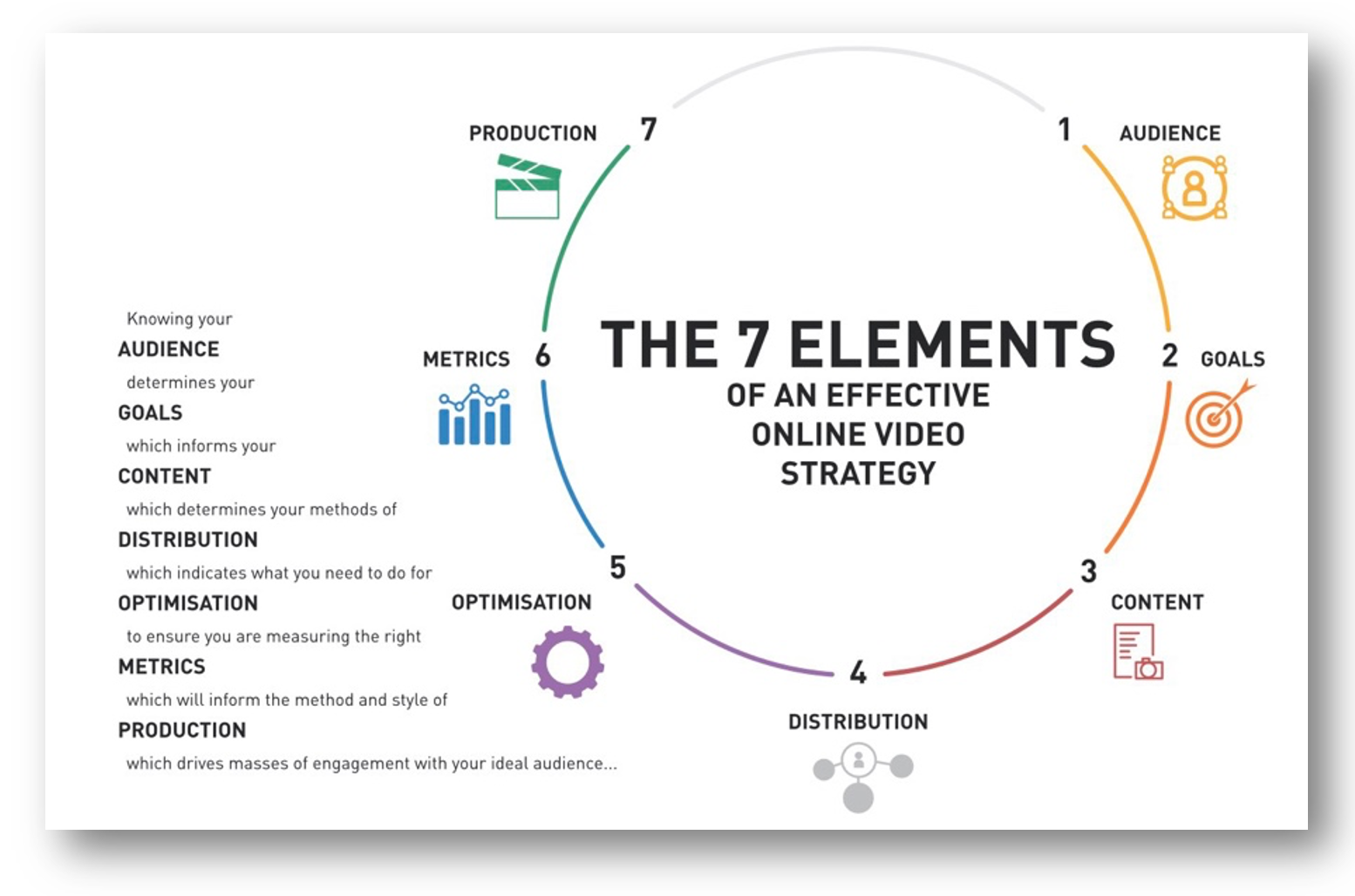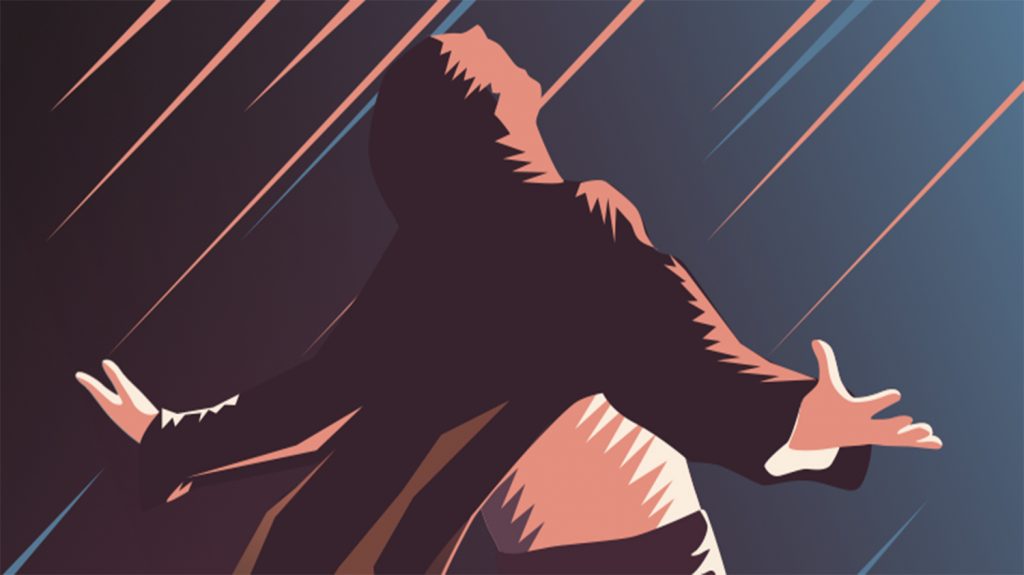The Shawshank Redemption, perhaps one of the greatest dramas of all time, bombed at the box office.
Initially, it gained positive reviews on its release, particularly for its story and performances, but didn’t earn back the production costs of $25 million during its initial 10-week theatrical run.
Many reasons were cited for this box-office failure, primarily the competition and better marketing from films like Pulp Fiction and Forrest Gump.
I have to remind myself that some birds aren’t meant to be caged.
– Red, The Shawshank Redemption
And yet most birds are…
The Shawshank Redemption highlights a point about how awesome work doesn’t directly correlate to business success.
After you dedicate thousands of hours to your business, no one will blame you if you mistakenly believe people will want to watch the video you made about it. It can sometimes work like that, but with each passing hour of 2020 (of which 300 hours of video is uploaded to YouTube) the bar is lifted higher and higher.
There is a heuristic we are aware of at Tripwire we call ‘The Creative Myth’, which posits, ‘Because the creative is good, it will succeed’. The real science around this bias points to 2 well studied psychological biases, namely the halo effect and optimism bias. When these two biases mix and metastasize, everyone starts to count the eggs before they hatch; the creative is just that good! But will you reach any business objectives?
When creating a video to solve a business objective, there are two routes people take.
Form and Strategy.
A focus on form is a focus on craft, or the entertainment value of a video. A focus on strategy puts a focus on outcomes as they relate to your business and its customers. Artists and filmmakers privilege form over strategy (as they should), making great videos they want to make that may never reach any audiences. The goal here is all form, to satisfy an artistic expression.
On the other hand, strategy is the key focus of businesses with specific goals, sales targets and desired outcomes with stakeholders and customers. A thorough strategy will position your video in front of your intended audience for the best shot at a return on investment.
Let’s break down the thought process between these two approaches to video:
Form:
- We need to make a video
- What will we make this video about?
- Let’s make the video about that thing
- Deliver and optimize video
Strategy:
- We need to improve ‘X’ in our business
- What is the best way to do that?
- A Video.
- Define and map the creative strategy

With the strategic approach, your creative is guided by the desired outcomes – or the end – you have in mind. There are 7 elements to a video that can help you map a way to your desired outcomes, starting with:
- Knowing the target audience to determine your goals,
- Which informs the content that you should create,
- Which highlights the best methods of distribution,
- Which indicates what you need to do for optimization,
- To ensure you are measuring the right metrics,
- Which informs the method and style of production (form!),
- Which positions your video for real engagement with your intended audience.
Focusing on the 7 elements may not garner viral success, rather, it will increase the odds of getting in front of the right audience required for business success, long before shooting the first scene.
Get busy living or get busy dying.
– Andy, The Shawshank Redemption
Some things are so good they can’t be ignored for long, like 1994’s The Shawshank Redemption. In 2020, however, the default desire of your audience is to cut the noise and ignore almost everything – both good and bad – which means you will need to think more strategically to reach them with your content. So, unless you are sitting on the greatest story never told, or nabbed Morgan Freeman for a leading role, focus first on strategy and then form.
